Windows Remote Desktop
The Windows Server operating system is most often accessed and managed through a protocol called RDP, or Remote Desktop Protocol. This provides you with a graphical interface of your Windows Server that looks and acts just like a standard Windows OS, like the one you have on your Home PC.
RDP only supports one connection per Windows user. Each user gets their own desktop, so you can not have multiple RDP Connections to the same desktop.
The Windows license we provide only supports 2 users. If you need more you'll have to upgrade your liscence through Microsoft.
We're covering connecting from a Windows PC, but Microsoft also has official RDP Clients for operating systems other than Windows. We'll be adding them to this article soon™! For information on where to get and how to use the other clients on your operating system, check out these links.
If you'd like to follow along with a video tutorial instead, check out this one we posted to our YouTube channel!
Locate your Credentials in you welcome email.
The credentials and IPv4 address for your server are provided in the “Server Details” section of the VPS Welcome Email that was sent to the address you signed up with, shown in the image to the right.
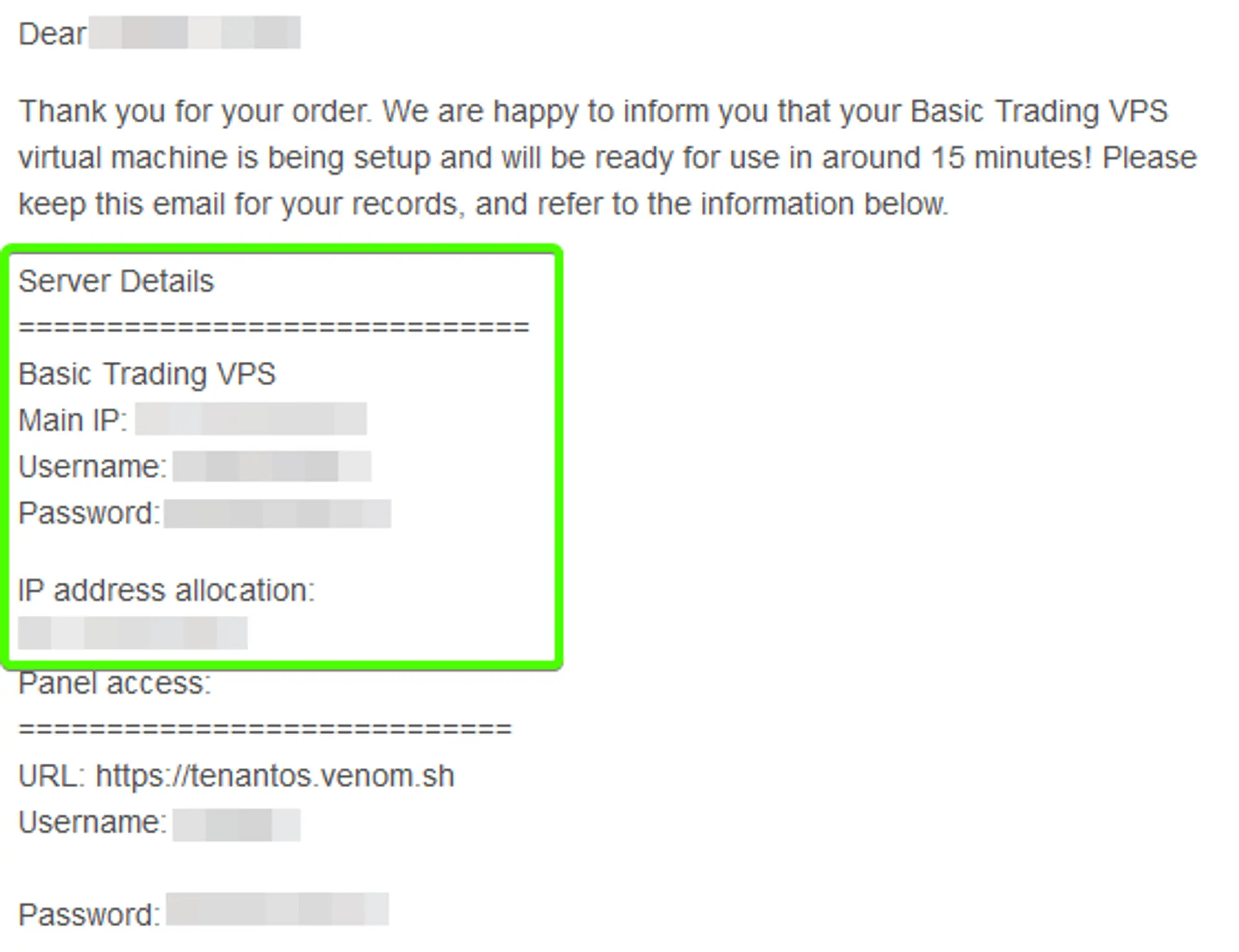 Loading...
Loading...Open the Remote Desktop Connection application.
You can do this by opening the start menu on your Home PC and typing “Remote Desktop Connection” into the start menu. If you have a search bar directly in your taskbar, that can be used as well.
As you start to type the name of the program into the Start Menu, you should see the program appear in the results in a similar way to the image on the right. You can then either click on the entry in the list, press enter to launch the currently selected item, or press the
Openbutton on the right side of the start menu.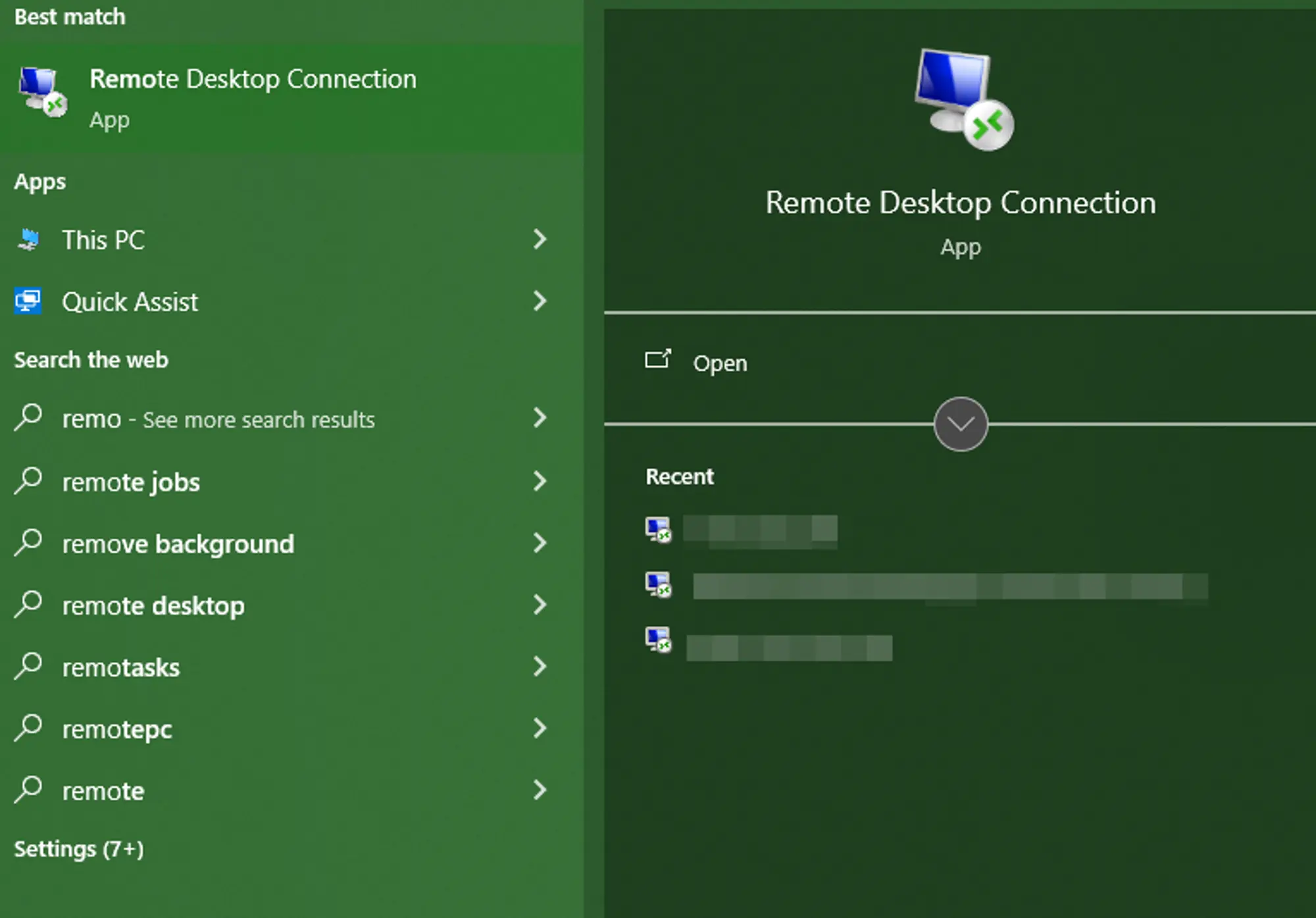 Loading...
Loading...Enter your server's IP address from the VPS Welcome Email.
You should see a window that looks similar to the image shown on the right, with an empty computer address and a “none specified” username. Enter the IPv4 address contained within the VPS Welcome Email you received from HostVenom into the
computerfield and clickConnect.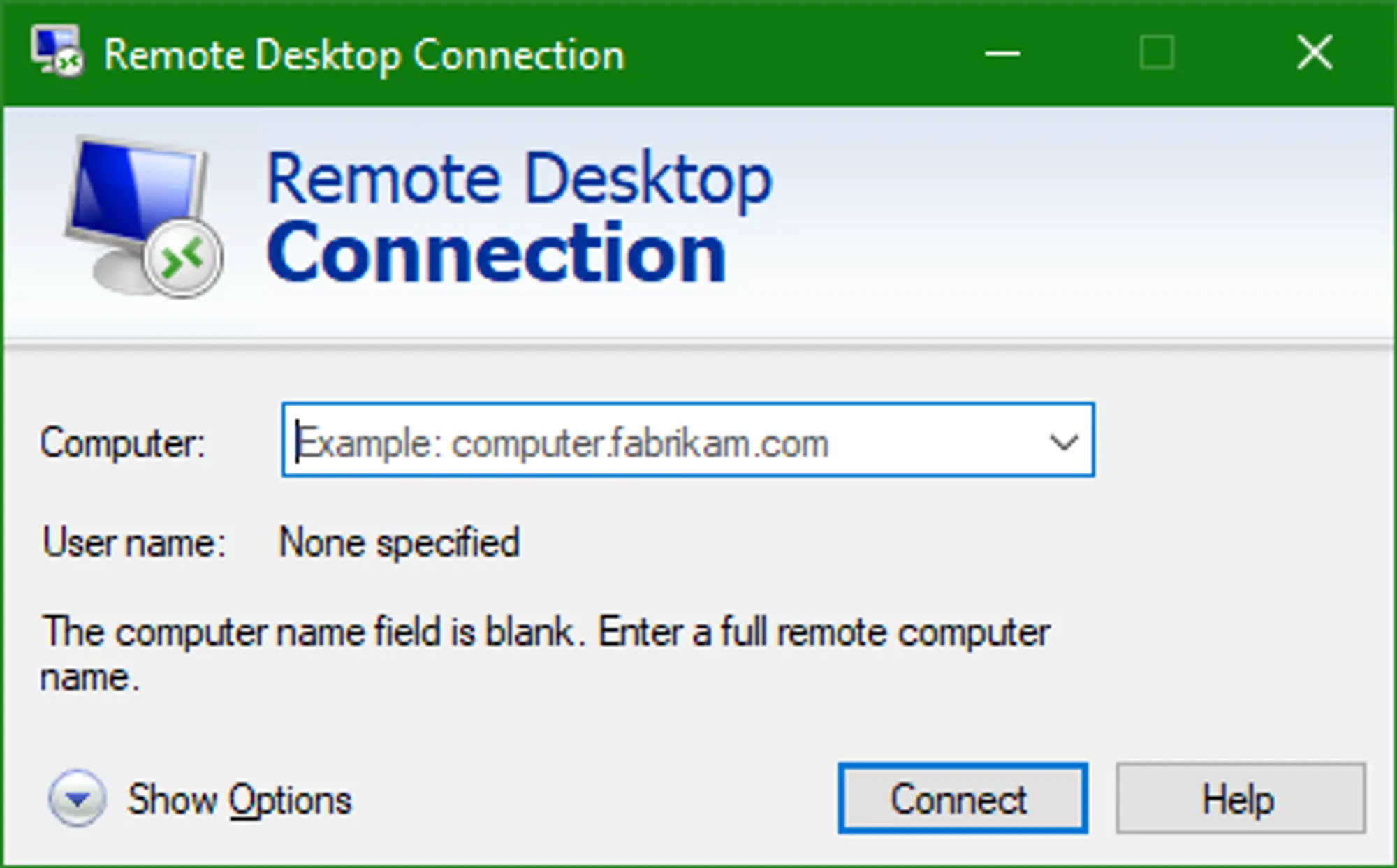 Loading...
Loading...- Click "Connect".
- Click the "More Choices" button then select "Use a different account".
Enter the login credentials from the VPS Welcome Email.
You should be able to enter both a username and password instead of just a password after selecting "More Choices" -> "Use a different account". You’ll need to enter the username and password provided by the VPS Welcome email you received from HostVenom.
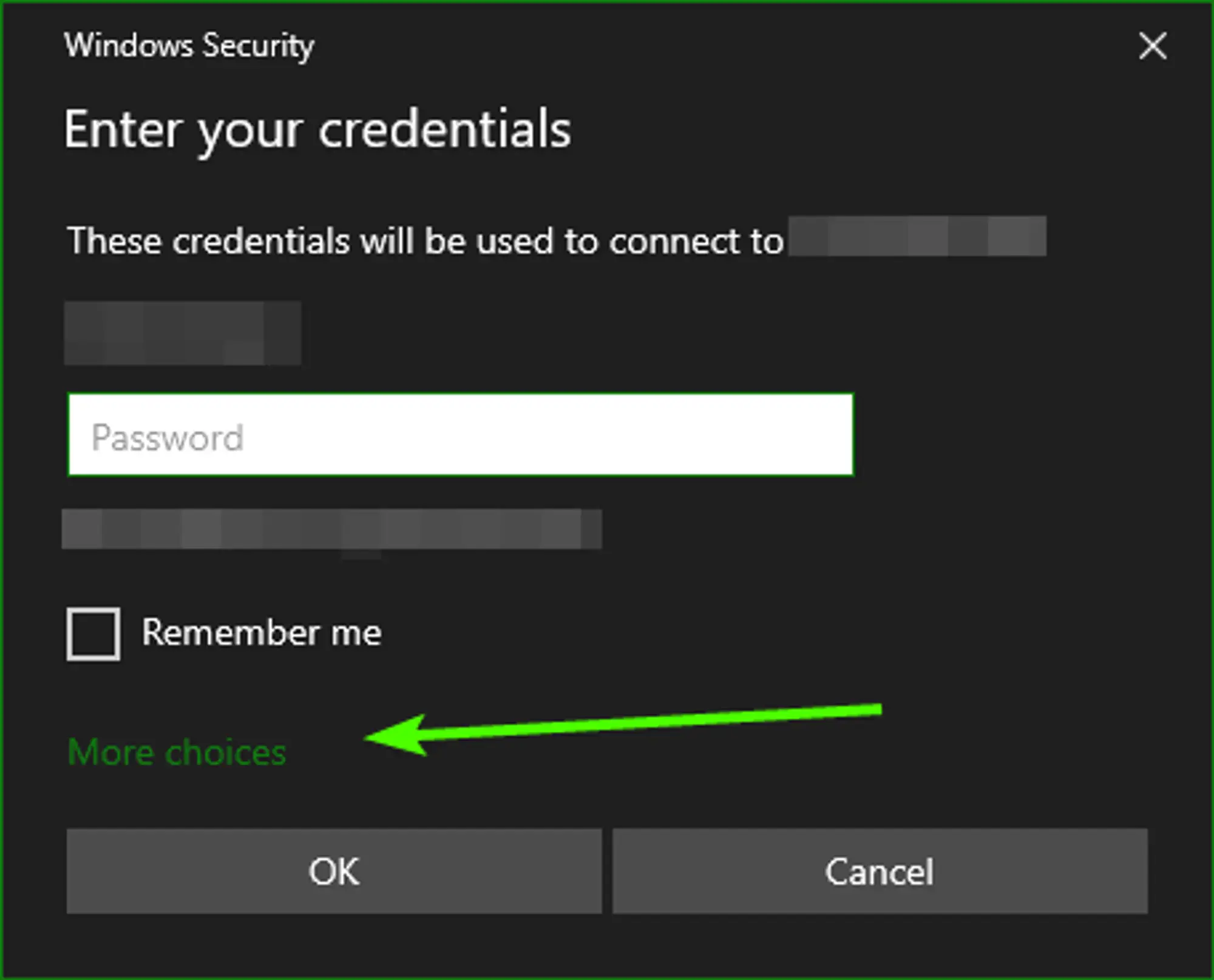 Loading...
Loading...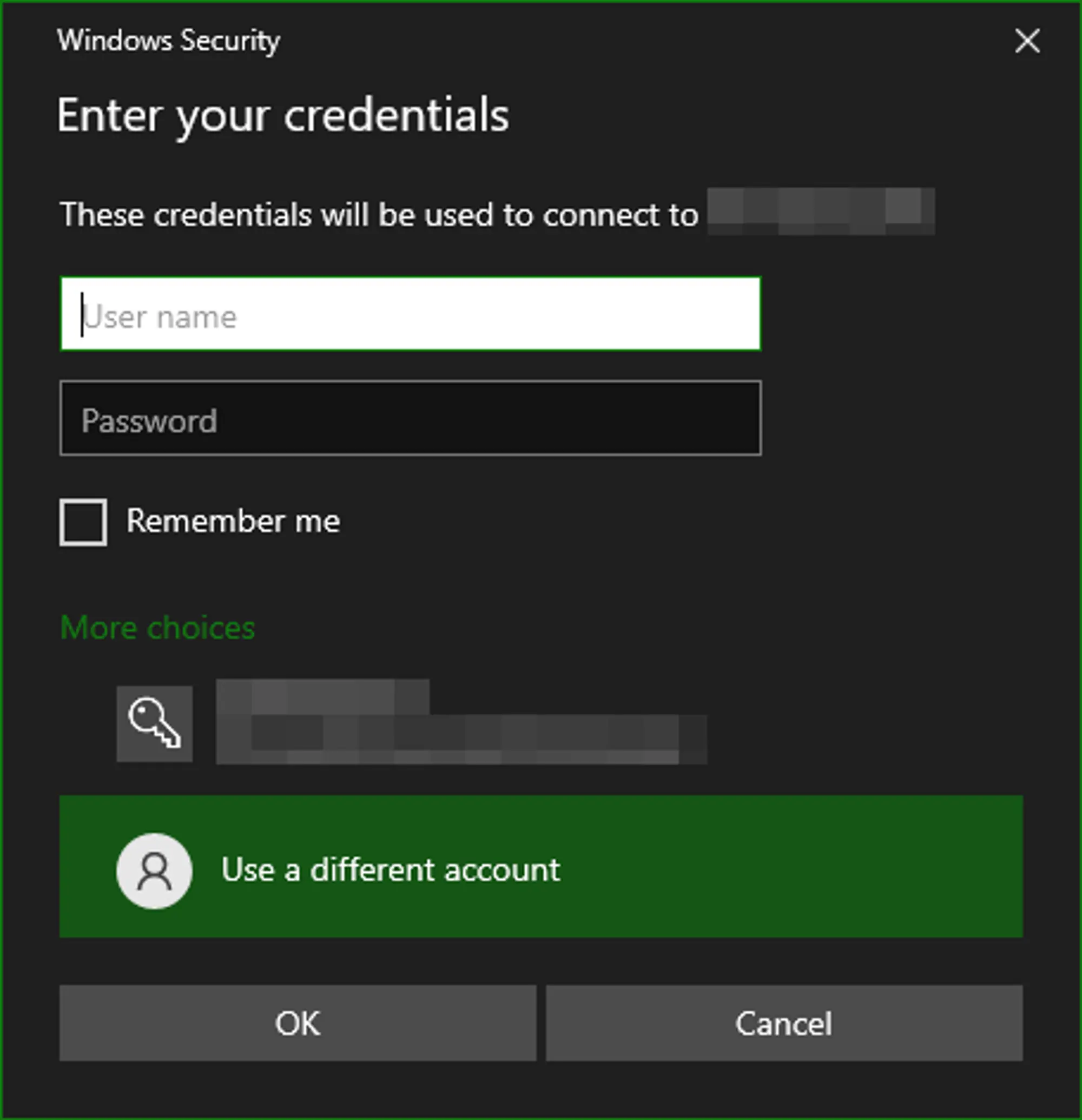 Loading...
Loading...Click "yes" to confirm that you want to trust the certificate provided by the server.
You'll get a warning during your first connection to your Windows 2019/2022 server saying that the remote computer could not be identified. This is normal for the first connection and has to do with the certificate used to prove that the server is the server you’re wanting to connect to.
Since you haven’t connected to the server in the past, and the server’s certificate isn’t registered with a 3rd party, your computer is relying on you to say that you want to trust this connection. The only time you should be worried about this warning is when it shows up when you are connecting to a Windows 2019/2022 server you’ve connected to before.
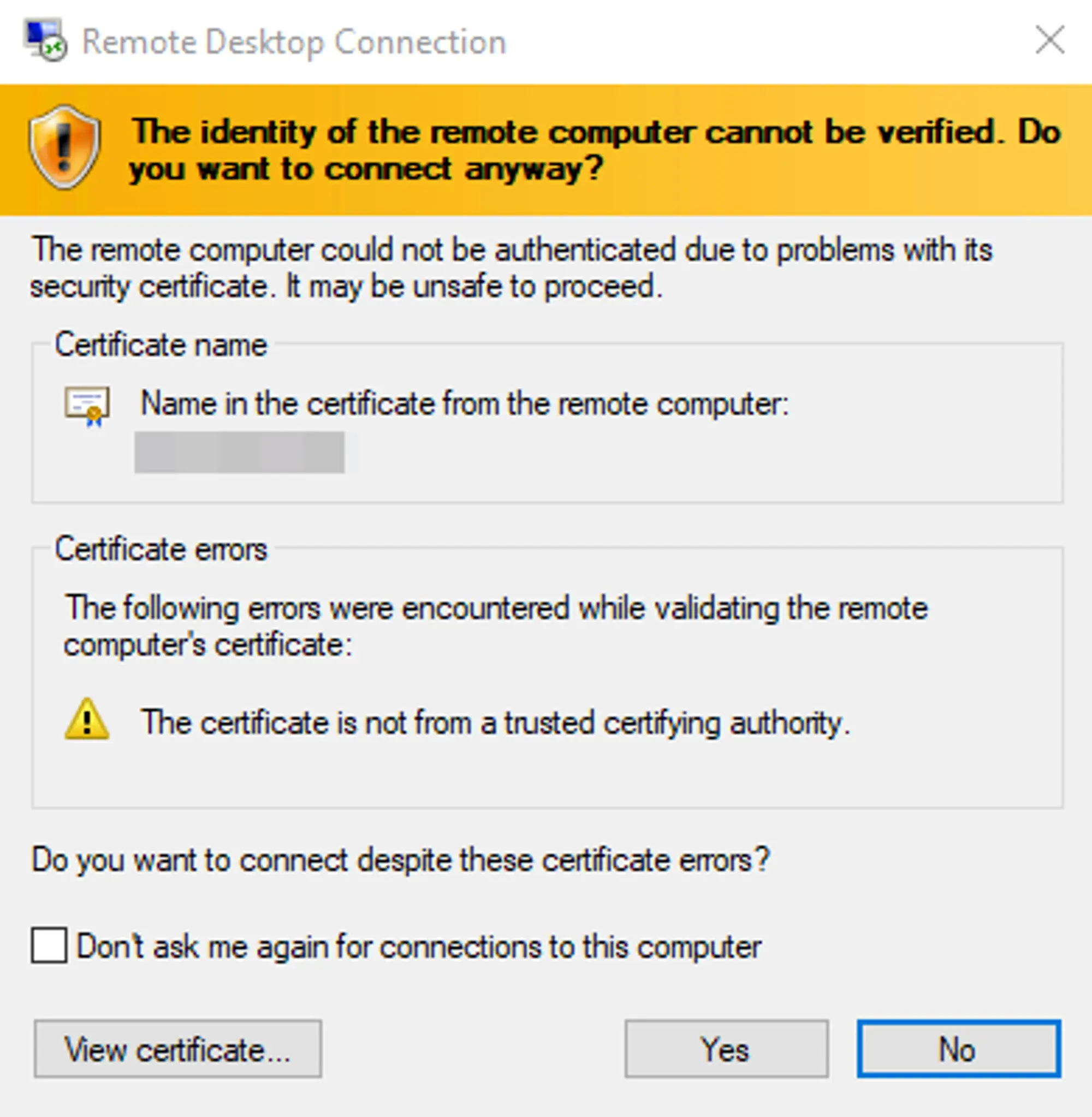 Loading...
Loading...Close the Server Manager to access your Windows Server Desktop.
On the first connection and after a restart, HostVenom VPSs will have the Windows Server Manager open, which is used to interact with and configure your server remotely. You can close this application using the close button in the top right corner, just like on your Home PC running Windows.
After closing the Windows Server Manager, you should see the default windows background and a Windows taskbar. There won't be any icons on the desktop but most of the default Windows applications will be installed, like Microsoft Edge, so you'll need to open them through the start menu.
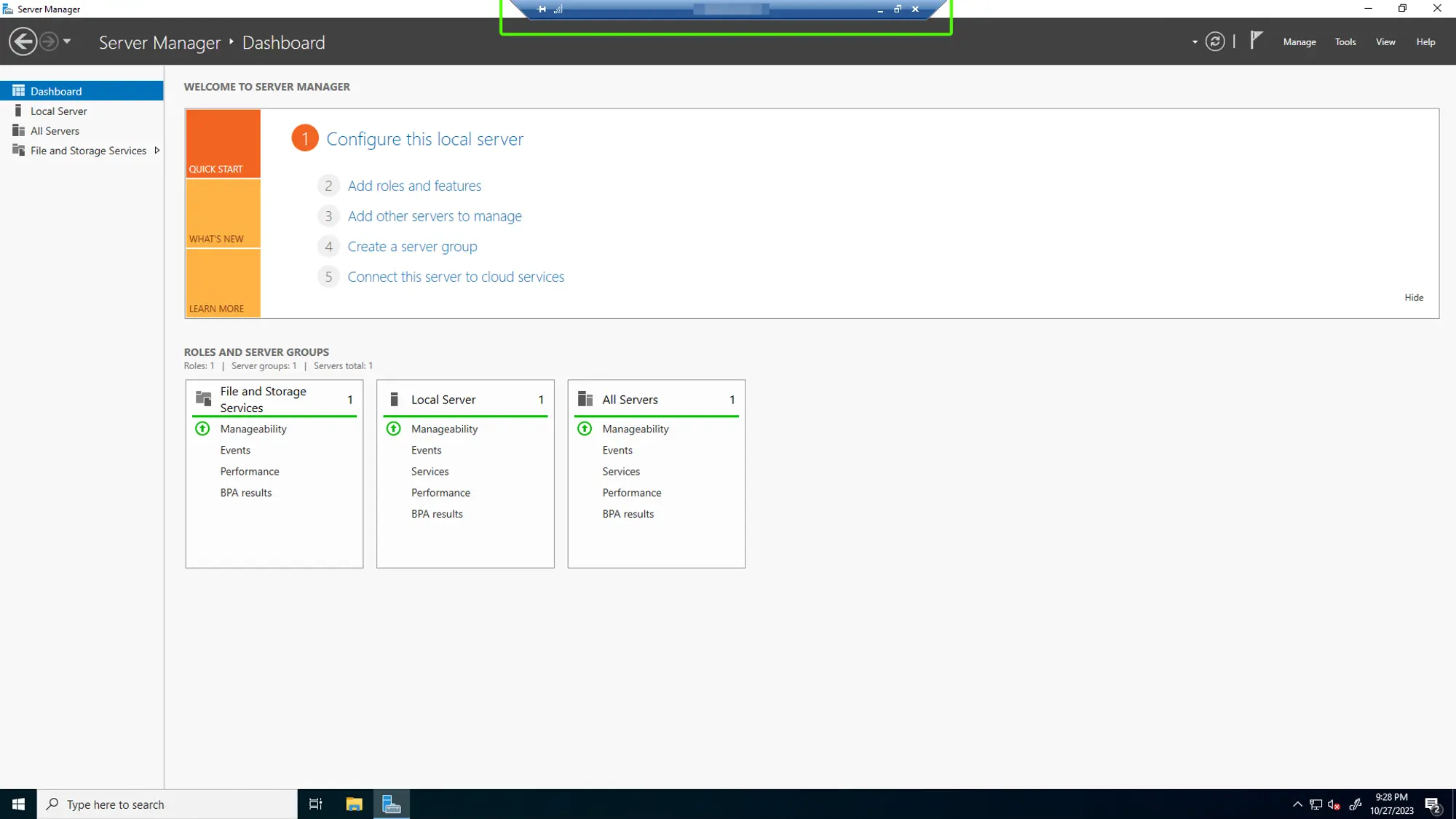 Loading...
Loading...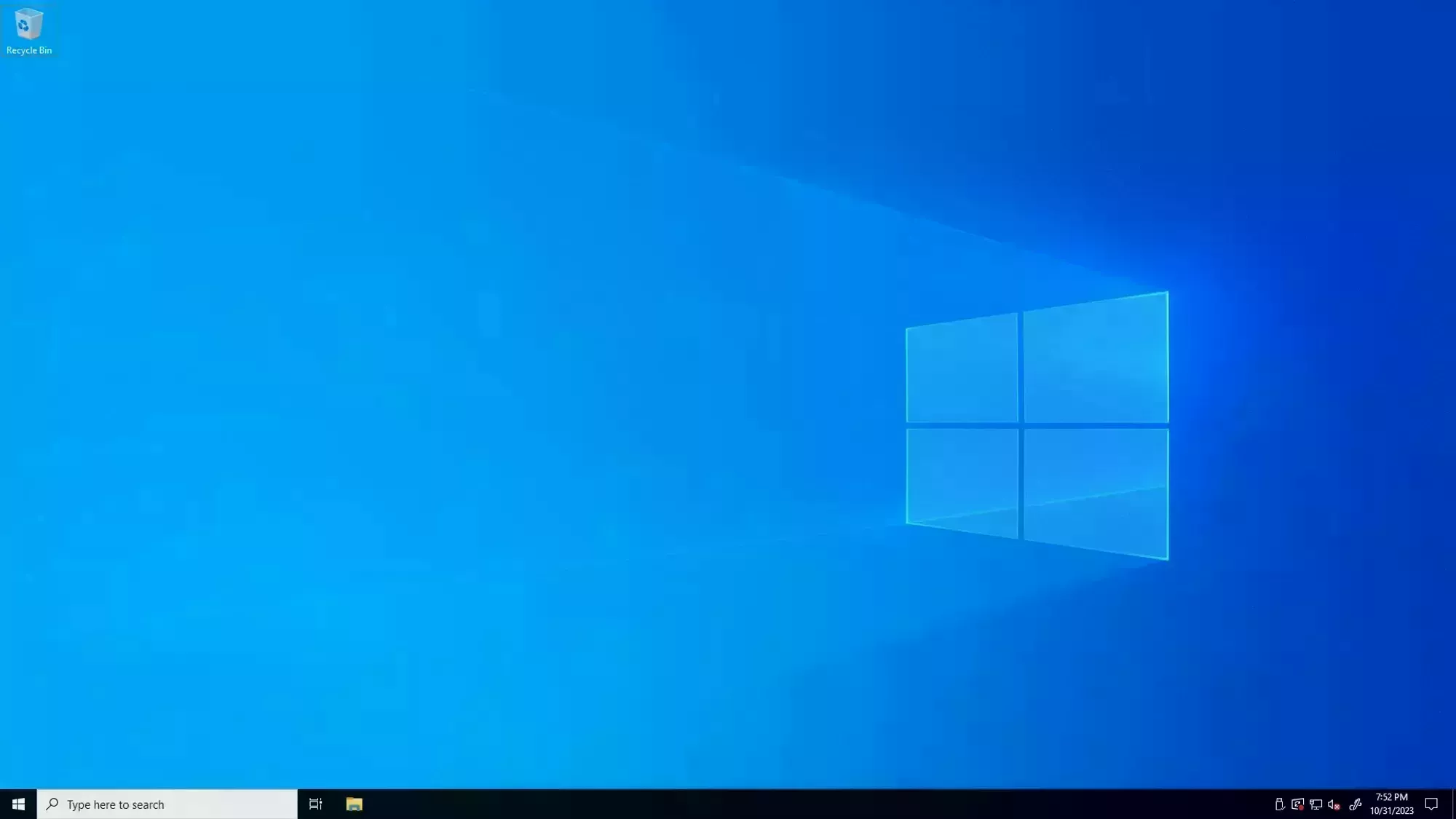 Loading...disable server manager
Loading...disable server managerIf you restart your VPS frequently, you might want to check out our section on Disabling the Server Manager startup on boot.